
Sir Ralph Verney, 1st Baronet DL, JP (12 November 1613 – 24 September 1696) [1] was an English baronet and politician who sat in the House of Commons at various times between 1640 and 1690.

Sir Ralph Verney, 1st Baronet DL, JP (12 November 1613 – 24 September 1696) [1] was an English baronet and politician who sat in the House of Commons at various times between 1640 and 1690.
Baptised at Hillesden in Buckinghamshire, he was the eldest son of Sir Edmund Verney and his wife Margaret, eldest daughter of Sir Thomas Denton. [2] He was the great grandson of Hon. Elizabeth Verney, second daughter of the first Baron Braye. Verney was educated at Magdalen Hall, Oxford and was called to the bar by the Middle Temple. [3]
Verney entered the Short Parliament in 1640, sitting as Member of Parliament for Aylesbury. He was re-elected MP for Aylesbury for the Long Parliament in November 1640. [4] He was present in the trial of Thomas Wentworth, 1st Earl of Strafford in January 1641, making notes, and was knighted in March. [4] Verney opposed William Laud before the Civil War, and sided with the Parliamentarians at its outset; however, when he did not partake in the Solemn League and Covenant in 1643, he was forced to flee into exile; three years thereafter his assets were confiscated. [4] He went first to the Netherlands, met his wife in Blois in France, where she died, and arrived then in Italy. [4] He was disabled from sitting in Parliament on 22 September 1645.
Following his return to England in 1653, Verney was captured and imprisoned two years later, however released with a fine in 1656. [3]
After the English Restoration in 1660, on advice of Anne Wilmot, Countess of Rochester, Verney stood for Great Bedwyn, but was unsuccessful. [3] He was appointed a Commissioner of Oyer and Terminer for the Norfolk circuit in July and a Commissioner of Assessment in August, serving in Buckinghamshire. [3] For the latter county Verney was a Justice of the Peace as well as a Deputy Lieutenant. [3] On 16 March 1661, King Charles II of England made him a Baronet, of Middle Claydon, in the County of Buckingham. [5] A year later, he became a Commissioner of Sewers in Bedfordshire and was additionally a commissioner for loyal and indigent officers in the same county. [3]
In 1675, Verney was nominated a Commissioner of Recusants in Buckinghamshire. [3] He was re-elected to the House in 1681 and represented Buckingham until 1690. [6] During this time as Member of Parliament, he spoke against the coronation of William of Orange as king of England. [7]
On 31 May 1629, Verney married Mary Blacknall, daughter of John Blacknall in Hillesdon and had by her three sons and as many daughters. [8] He died, aged 82 and was buried at Middle Claydon on 9 October 1696. [9] His eldest son Edmund predeceased him and Verney was succeeded in the baronetcy by his second son John, who was later raised to the Peerage of Ireland as Viscount Fermanagh. [8]
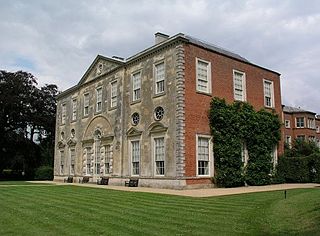
Claydon House is a country house in the Aylesbury Vale, Buckinghamshire, England, near the village of Middle Claydon. It was built between 1757 and 1771 and is now owned by the National Trust.

Viscount Cobham is a title in the Peerage of Great Britain that was created in 1718. Owing to its special remainder, the title has passed through several families. Since 1889, it has been held by members of the Lyttelton family.

Sir Edmund Verney was an English politician, soldier and favourite of King Charles I. At the outbreak of the English Civil War he supported the Royalist cause and was killed at the Battle of Edgehill.

The Verney family purchased the manor of Middle Claydon in Buckinghamshire, England, in the 1460s and still resides there today at the manor house known as Claydon House. This family had been seated previously at Fleetmarston in Buckinghamshire then at Pendley in Hertfordshire. It is not to be confused with the unrelated but also ancient and prominent Verney family of Compton Verney in Warwickshire.

Earl Verney, in the Province of Leinster, was a title in the Peerage of Ireland. Sir Ralph Verney sat as a member of parliament for Aylesbury, for Great Bedwyn and for Buckingham. In 1661 he was created a Baronet, of Middle Claydon in the County of Buckingham, in the Baronetage of England. His son Sir John Verney, Bt, was a member of parliament for Buckinghamshire and for Amersham. In 1703, he was raised to the Peerage of Ireland as Baron Verney of Belturbet, in the County of Cavan, and Viscount Fermanagh. His son, the second Viscount, represented Amersham and Wendover in Parliament. In 1742 he was created Earl Verney, in the Province of Leinster, in the Peerage of Ireland. However, all titles became extinct on the death of his son, the second Earl, in 1791.
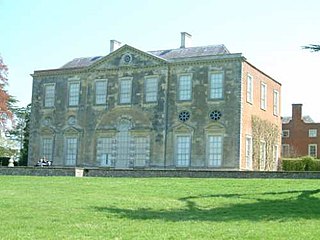
There have been three baronetcies held by persons with the surname Verney, one in the Baronetage of England and two in the Baronetage of the United Kingdom. Two of the creations are extant as of 2016.
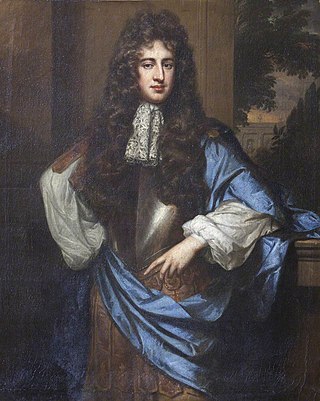
Sir Henry Hobart, 4th Baronet was an English Whig politician and baronet. He represented several seats in the House of Commons of England between 1681 and 1698, when he was killed in a duel with Oliver Le Neve.

John Verney, 1st Viscount Fermanagh, known as Sir John Verney, 2nd Baronet, between 1696 and 1703, was an English peer, merchant and Tory politician who sat in the House of Commons from 1710 to 1717.
Sir John Knatchbull, 2nd Baronet was an English landowner and politician who sat in the House of Commons at various times between 1660 and 1690.
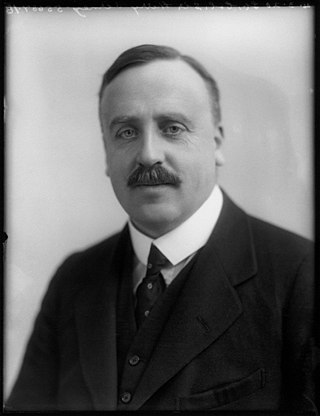
Lieutenant-Colonel Sir Harry Calvert Williams Verney, 4th Baronet, DSO, was a British Liberal politician.
There have been two baronetcies created for persons with the surname Pakington, one in the Baronetage of England and one in the Baronetage of the United Kingdom. The latter is extant as of 2023.
Sir Paul Gore, 1st Baronet was an Anglo-Irish politician, soldier and baronet.

Sir Harry Verney, 2nd Baronet PC, DL, JP was an English soldier and Liberal politician who sat in the House of Commons variously between 1832 and 1885.
Sir Edmund Hope Verney, 3rd Baronet FRGS, DL, JP was a British naval officer, author and Liberal politician who sat in the House of Commons in two periods between 1885 and 1891.
Sir William Bowyer, 1st Baronet, was an English politician who sat in the House of Commons between 1659 and 1679.
Ralph Verney may refer to:
Ralph Verney, 1st Earl Verney, of Middle Claydon, near Buckingham, Buckinghamshire, known as The Viscount Fermanagh until 1742, was initially a Tory and later a Whig politician who sat in the House of Commons in two phases between 1717 and 1752.
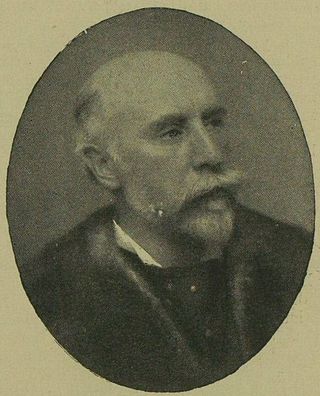
Frederick William Verney was a younger son of the long-established Verney family in Buckinghamshire. He became a Church of England clergyman, a barrister, a Siamese diplomat, and a Liberal Party politician, serving as a member of both the Buckinghamshire and London County Councils, and from 1906 to 1910 as the Member of Parliament (MP) for Buckingham.
The Abingdon Monks' Map is a 16th-century map of the River Thames around the town of Abingdon, Oxfordshire, England. It is held in the collection of the Abingdon County Hall Museum. The map covers the stretch of river between Abingdon and Radley. It is 265.5 centimetres (104.5 in) long and 41.5 centimetres (16.3 in) wide, consisting of four pieces of vellum that are glued together.

Mary Verney was the wife of Sir Ralph Verney, 1st Baronet, of Middle Claydon DL, JP (1613–1696), an English baronet and politician who sat in the House of Commons.
{{cite web}}: CS1 maint: unfit URL (link){{cite web}}: CS1 maint: unfit URL (link)